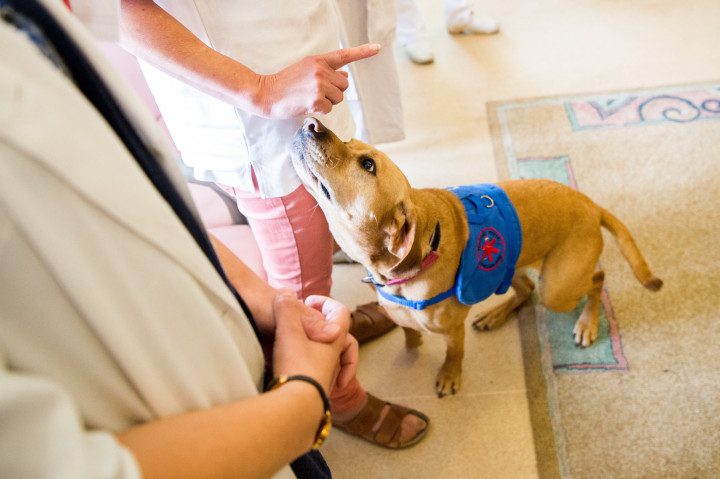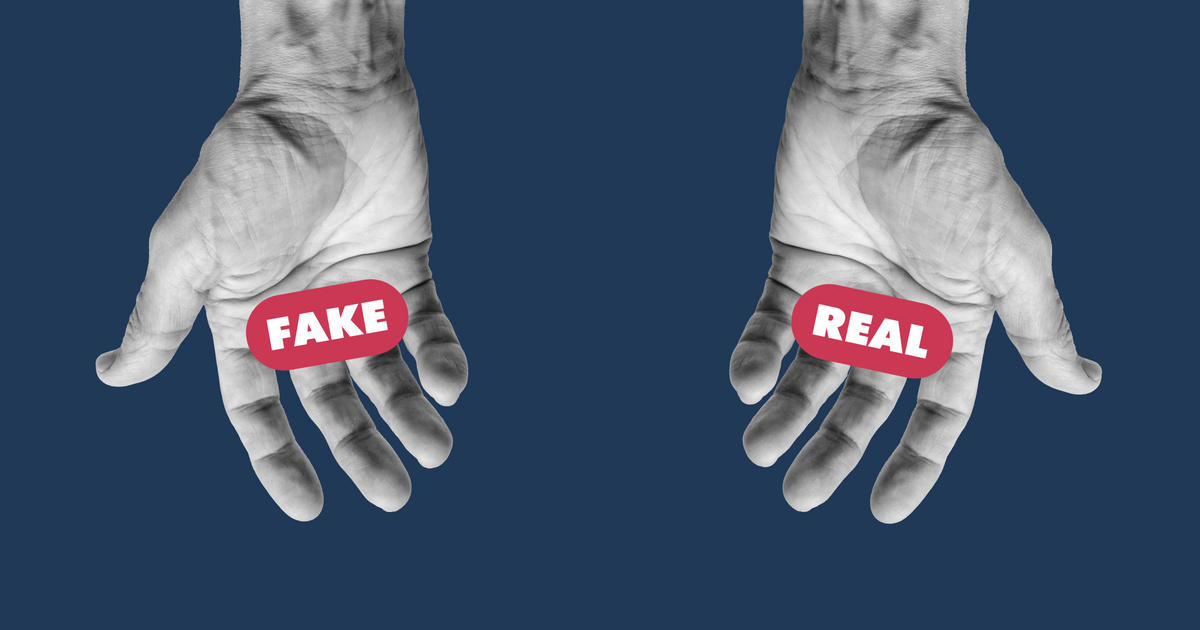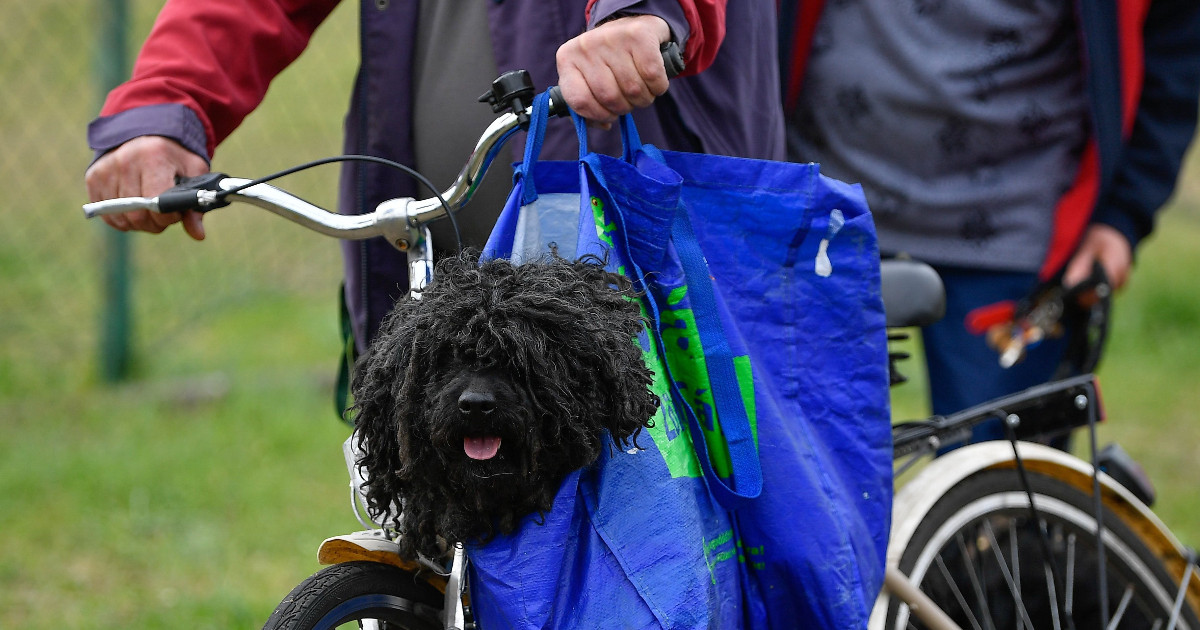Each dog keeper first hears about the herd system, according to which the dog and its owner live in a hierarchical order and the animal fights for the position of leader of the herd. The theory was described by Dr. L. David Mech’s Research on Wolves, published in 1970, brought it into the public consciousness. However, it is not known that the biologist has been quarreling with his publisher for more than 20 years to stop distributing his book and possibly destroy the stock because he was wrong and his words were misinterpreted.
Mech took the concept of an alpha male from research by Rudolf Schinkel, who used it in a 1947 study. Schinkel observed a linear hierarchy when examining unrelated captive wolves—not that it’s the same way the animals live in the wild, but it does bear a resemblance to the way they Arrange pet dogs with their owners.
Hungary, the superpower of dog production
Due to the huge and growing demand, breeders are over-breeding dogs that grow in poor conditions and do not receive adequate medical care. These dogs only become seriously ill later and many of them die at a young age. In a documentary produced by Telex and our colleague Tamás Szilli, we detail how the domestic dog trade was built, who and in what form they engage in illegal business, and how they are challenging science in pursuit of profit:
If not a partner, then what?
As Kata Vizo, a doctoral student in the department of behavioral sciences at Eötvös Loránd University, points out, wolves actually live in a family unit, and their herd consists of two parent pairs and their offspring of different ages. Only parental pairs reproduce, not offspring. Wolves form a family system, among other things, because they can kill larger game together and take care of young ones together.
Examination of dogs showed that they do not have such a social order, even for stray individuals. “There is a hierarchy in the pack, but there is no single parent pair, the individuals are not necessarily related to each other, the offspring is taken care of only by the mother and cared for for a shorter period than wolves, and everyone breeds with everyone when they can. Since then, it was decided to live in groups Dogs are like groups of wolves,” says Fata Physock.
Although there is some kind of hierarchy among dogs, it cannot be compared with wolves in captivity or in the wild. But even if it were, it would not mean that a flock would form with the man.
“Man is not a dog. In the animal kingdom, it is important to get to know our fellow breeds because that is when we can breed. And animals do not form a hierarchy with other species in the same area.”
Explains Behavioral Science a PhD student. Inferior order is inherent when individuals have to compete for the same resources that a domestic animal does not. Research is still ongoing on the exact relationship between a dog and a human couple, but quoting Odam Miklosi, this is best described by the word “friendship.”
However, the herd theory is widespread, with many trainers and most owners still treating it as a fact. The fact that the herd-based kennel was a step forward in terms of animal welfare when it arrived in Hungary about 15 years ago may also play a role in its acceptance.
“The wall system theory promised to be a more canine-friendly alternative to the physical abuse training method that preceded it, bringing it closer to nature,” recalls Daniela Sekele, founder of the Sunny Side Dog Behavior School of Dogs. Wall dog training meant suppressing unwanted behavior with fear and by less painful means rather than offending the animal.
unpunished domination
Recent research shows that aversive approaches (which cause fear or annoyance) do not pay off in terms of animal welfare or learning. Although one or two studies did not find a significant difference between positive reinforcement and aversive education, it was found in agriculture teaching. “Since then, a lot of representative studies have been done in everyday settings, in life-like situations, where it is clear that from the point of view of animal care and learning
Instead, a non-coercive or non-violent method is the appropriate method.”
Daniela Sekele says.
A member of the Ultimatum Foundation for Animal Welfare with dogs at a dog run on Gulya Hill in Veszprém – Photo: Tamás Vasvári/MTI
The popularity of the wall system and authoritarian education can be explained by the fact that it provides a simple answer to a complex problem. In dog schools, the owner is often given a solution to dealing with behavioral problems: be the leader. “Aggression issues, however, are usually caused by fear and pain, not dominance,” says Katinka Toth, principal of SciDog School of Dogs. In his experience, suppressive techniques often have the exact opposite effect and make the dog more aggressive. “With them, you can get amazing results quickly in the short term, as if it works, but in the long term, it doesn’t solve the problem because the dog’s motivation stays there,” adds Adriann Krauszman, an instructor at SciDog.
As for why so many believe in the wall system, most are looking for the answer in information. Look for English language resources, says Eszter B., who works as a dog keeper and learns the science niche online. “Once the correct information came to me, it was clear that this was a good method.” Bernadette’s experience reinforces this as well, as he sometimes slaps his dog with the intention of breeding but “finds himself going through hard times” and also considers positive reinforcement to be important. Sabina hasn’t even heard of brave upbringing, but she’ll be happy to have a style based on more positive reinforcement and less punishment.
Missing scientific publications
Daniela Sekele is going through a change in her social attitude, which she attributes to making information more accessible. “Language barriers are a major hindrance. There is no material available in Hungary that deals with the behavior of dogs for civilians. Too few, even in small copies,” he explains. Katinka Toth also considers the lack of communication in science to be a problem and doesn’t think dog trainers can be blamed for not reading the studies or, if they do, not being able to put it into practice on their own.
However, there appears to be no consensus on the level of science’s responsibility for the information. According to Daniela Sekele, the academic field should be left to what science can influence the profession to the fullest, but Katinka Toth believes that
There is no point in looking for phenomena of social utility if the results are not properly communicated.
According to Kata Vezők, scientific workshops should also work on the information, but dog trainers also have a special task to keep their knowledge up-to-date, as the trainer will be the main reference point for the owners.
Anikó and Eszter L. learn about educational issues primarily through acquaintances, one of whom is referred to a school teacher and the other to a fearless teacher, and accordingly they form their opinion about the techniques to be used. The methods the average dog handler uses are largely determined by luck, and even when searching online, owners have limited access to science-based techniques. In the case of Bernadette and Zappina, in addition to the dating recommendation, the Internet also plays an important role in self-direction, but none of them have heard of nonviolent methods either in problem-finding or on social media forums. Even Esther B. She did not start looking for foreign sources.
There are misconceptions, there is no professional supervision
Limited information can also cause many misconceptions to spread among opponents of courageous education. The most common counterargument is that some breeds (usually working dogs) should be excluded from the breeding system because they do not serve as guard animals. All mammal species are subject to exactly the same learning theories. If Beagles, Males, and Yorkies have a different affirmation and a different punishment according to their personal experience, that’s quite a different matter,” explains Daniela Sekele, adding that the job of a good professional is to determine how a particular dog’s behavior can be modified.

Owner disciplined by owner – Photo: Zoltán Balogh / MTI
However, the dog handler gets no help in choosing the right trainer. “The whole search for dogs began in Hungary, at ELTE. The world has changed a lot since then, there is no Western European country without such research, but Hungary is still ahead. Compared to this, residential dogs do not follow at all, Daniela Sekele explains. Dog training is not subject to licensing and there are no professional inspection bodies.
Nobody blames XY, who was still a painter the day before yesterday, for declaring himself a coach as of Tuesday.
No one is responsible for his or her professional experience or professional ethical principles. There is no regulation, which is interesting because, for example, you cannot work as a hairdresser without an exam. By comparison, I think a clipper and a little bit of hair can do much less harm than a dog or a dog,” explains Daniela Sekeli.
Dog trainers will play an essential role in clearing up misunderstandings about the herd system, but as long as trainers are not required to keep their knowledge up-to-date and there are no professional supervisory bodies responsible for quality, dog trainers do not have much opportunity to ensure that they are in expert hands. “Often, prospective coaches haven’t developed themselves further. It’s very easy to get into your little bubble because you’ve been doing it for x years. It’s hard to change anyway, but it’s very easy to treat someone who says something other than you as an enemy,” Katinka Toth says of the problem.
Daniela Sekele believes that it is not possible to establish professional supervisory organizations in Hungary until there is a demand for them by dog breeders or those who work in the profession. In his opinion, this will require a complete paradigm shift, and there is hope for the development of only competent professional bodies in the next generation. “The next generation of coaches must be more willing to start in a way that makes sense in their profession, rather than based on beliefs and our own needs.”
However, he feels that this process has begun slowly, but the number of people who are consciously seeking extraordinary training is increasing. “I am always happy to see fully scientifically functioning and factually based schools announce a course and fill it up after three hours. From this it follows that there is indeed a well-defined demand for this. This was not the case ten years ago.
The author is a student at the Department of Media and Communication at Eötvös Loránd University. The article was written as part of a course in university journalism.











































